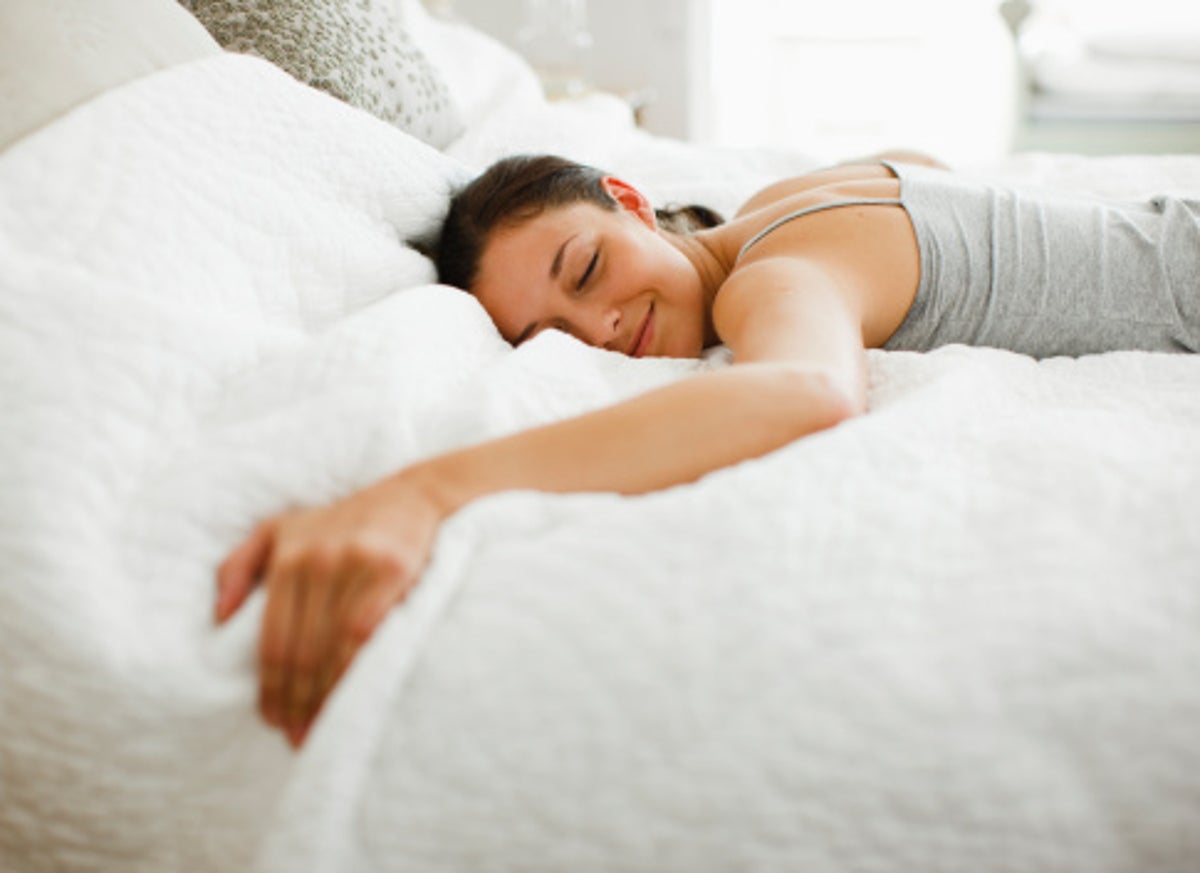
People are most likely to come up with creative solutions to problems after a very short nap, according to a new study that may lead to new ways of boosting creativity and treating nightmare-related stress.
Researchers from MIT and the Harvard Medical School said the creative mind is “particularly fertile” during the phase when one is drifting between sleep and waking – a state known as sleep onset.
The study, published recently in the journal Scientific Reports, demonstrated for the first time that when people are prompted to dream about a particular topic during this sleep phase, they perform much more creatively when later asked to perform three creativity tasks around it.
“When you are prompted to dream about a topic during sleep onset, you can have dream experiences that you can later use for these creative tasks,” said Kathleen Esfahany, a co-author of the study from MIT.
Scientists found this prompting, known as “targeted dream incubation”, generated more creative stories in people than in those who napped without a specific prompt or in people who stayed awake.
The new findings suggest the brain makes more wide-ranging connections between disparate concepts during this dream state that may provide a creativity boost.
“If you access this brain state, you can be more creative in your waking life,” said Adam Haar Horowitz, another author of the study.
Decades of previous research had suggested anecdotally that this earliest stage of sleep – known as N1 or hypnagogia – is a fertile breeding ground for creative ideas.
“One of the goals of our group is to give people more insights into how their brain works, and also what their cognitive state is and how they may be able to influence it,” study co-author Pattie Maes said.
Researchers first developed a device called Dormio that could be used for targeted dream incubation.
The device, according to scientists, includes a glove that measures three physiological markers of sleep – changes in muscle tone, heart rate and skin conductance.
It then communicates these measures to a smartphone or laptop app.
When someone wearing the glove enters the N1 state, the app prompts them to dream about a specific topic, scientists said.
Then, as the wearer begins to enter the next stage of sleep, the app wakes them up and asks them to report what they were dreaming about and records the response.
Scientists divided 49 participants in the study into four groups – one was given 45 minutes to nap and the device prompted them to dream about a tree and recorded their description.
Whenever a dream was reported, the device encouraged the wearer to go back to sleep and prompted them to dream about a tree.
In the other group, participants napped using the device, but were instructed only to observe their thoughts.
The subjects were then asked to perform three tasks after 45 minutes of napping or being awake.
These tasks have been previously established to be associated with creativity.
The first one was a storytelling task in which the participants were asked to write a creative story including the word “tree”.
Participants instructed to dream about trees produced the most creative stories, scientists said.
It was also found that those who napped, but were not given a specific prompt, also showed more creativity than participants who stayed awake throughout the experiment.
Individuals told to dream about trees also had the highest scores on two other creativity tests – one, where they listed as many creative uses as they could think of for a tree and another, where they were given a list of nouns and asked to respond with the first verb that came to mind for each.
Participants who napped with targeted prompts performed 43 per cent more creatively than those who napped without them.
Those with the prompts were also found to perform 78 per cent more creatively than those who stayed awake without incubation.
The study found those who had a higher number of dreams about trees also showed more creativity in their stories.
In the other two tasks, researchers found people who napped produced combinations of words much distant in concept than those who stayed awake, supporting the theory that during sleep onset, the brain brings together ideas it might not connect during waking hours.
If thinking is guided during this period, there is an opportunity to search for farther-apart concepts.
Scientists are currently attempting to make their study protocol easier to perform, extending it into other domains like helping treat nightmare-related distress.







